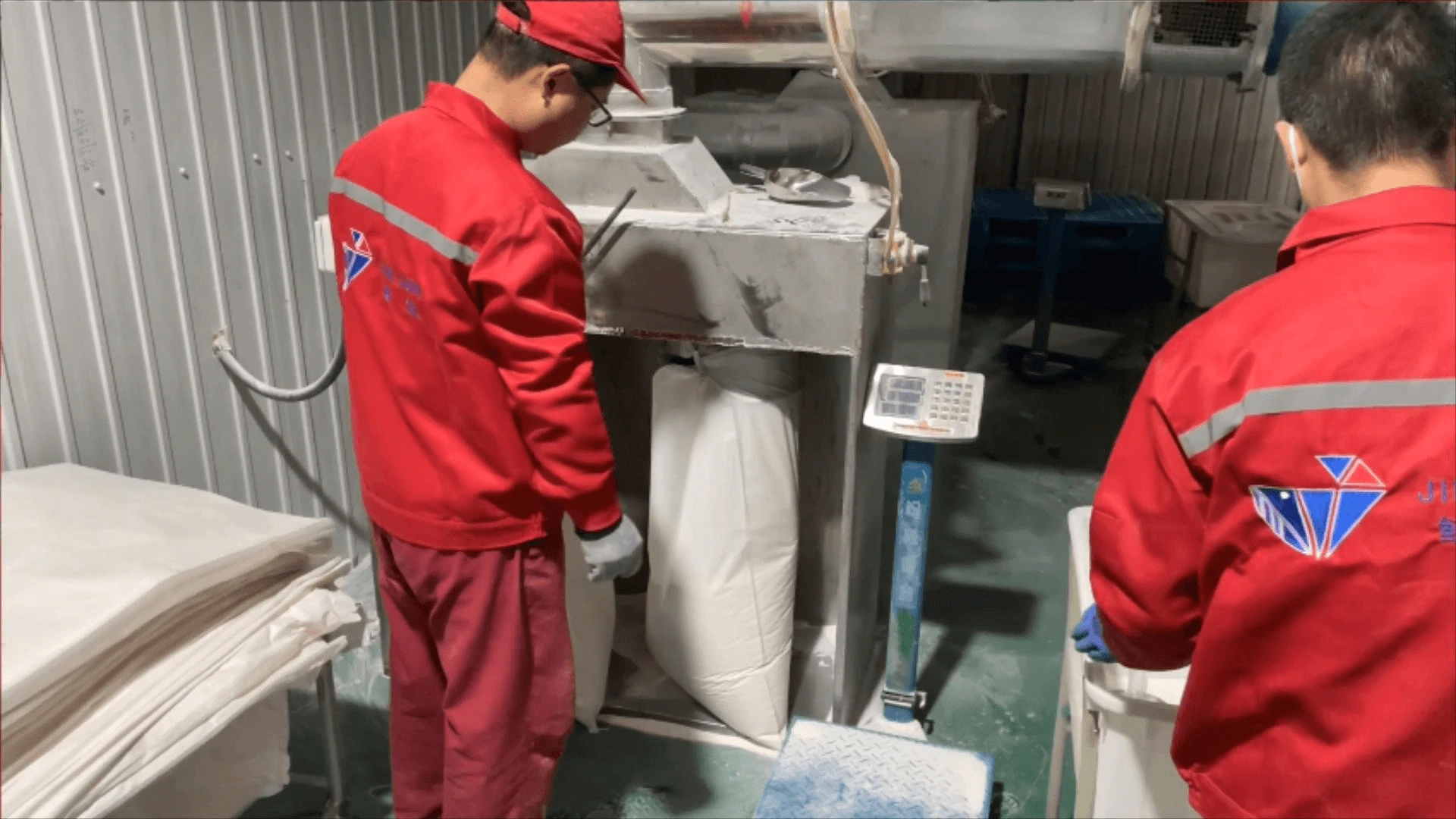
ធ្នូ . 05, 2024 10:38 Back to list
redispersible polymer powder manufacturing process
The Manufacturing Process of Redispersible Polymer Powder
Redispersible polymer powder (RDP) is a vital additive used in various applications, particularly in construction materials, adhesives, coatings, and sealants. Its primary function is to enhance the performance of dry mixes by improving adhesion, flexibility, and durability once re-dispersed in water. Understanding the manufacturing process of RDP involves several critical stages raw material selection, polymerization, drying, milling, and packaging.
Raw Material Selection
The production of RDP begins with the careful selection of raw materials. The most common materials used in the manufacturing process are vinyl acetate-ethylene (VAE), ethylene-vinyl chloride (EVC), and styrene-acrylic (SA) copolymers. These polymers are chosen based on the desired properties of the final product. The primary goal is to create a polymer that can easily redispersed in water while retaining its performance attributes upon rehydration.
During this initial phase, manufacturers also consider the additives that will be mixed with the polymer. These can include stabilizers, anti-foaming agents, and other functional additives that enhance performance characteristics. The selection of raw materials significantly impacts the ultimate effectiveness of the RDP in its applications.
Polymerization
After selecting the raw materials, the next step is polymerization. This chemical process involves the reaction of monomers to form high molecular weight polymers. Typically, this is achieved through emulsion polymerization, which allows for the formation of small polymer particles suspended in water.
During polymerization, a series of initiators, emulsifiers, and other additives are included to control the reaction conditions and ensure the desired molecular weight and particle size distribution of the resultant polymer. The reaction is monitored closely to ensure that the polymer structure is uniform, providing consistent performance levels once the polymer is dried and powdered.
Drying
redispersible polymer powder manufacturing process

Once the polymerization process is complete, the next stage is drying
. This is a critical phase in the RDP manufacturing process, as it transforms the liquid emulsion into a free-flowing powder. The drying can be accomplished using various methods, including spray drying, fluidized bed drying, or drum drying.In spray drying, the aqueous polymer emulsion is atomized into tiny droplets and then subjected to hot air in a drying chamber, where the water rapidly evaporates, leaving behind dry polymer powder. This method is efficient and produces a fine powder with a low moisture content. Quality control during this phase is essential, as any residual moisture can adversely affect the performance of the RDP.
Milling
After drying, the RDP may require milling to achieve the desired particle size and distribution. The milling process involves breaking down larger agglomerates of polymer powder to ensure that the final product meets the specifications required for its application. This can be done using various techniques, including mechanical grinding or air-classification methods.
Milling not only refines the size of the polymer powder but also can enhance its solubility and dispersibility in water. Producers must ensure that their milling process maintains the integrity of the polymer, avoiding any degradation that could impact the performance of the final product.
Packaging
The final step in the manufacturing process of RDP is packaging. The powder is carefully packaged in moisture-proof bags to protect it from environmental factors that could compromise its quality during storage and transportation. Proper labeling is also important, providing customers with necessary information such as batch numbers, production dates, and storage conditions.
In conclusion, the manufacturing process of redispersible polymer powder involves a series of well-coordinated steps, from raw material selection to packaging. Each stage is crucial to ensure that the final product exhibits the necessary properties for use in various applications, particularly in the construction industry. As demand for high-performance materials continues to grow, the production techniques and formulations of RDP will likely evolve, offering enhanced solutions for modern applications.
-
tile-bonding-additives-for-stronger-bonds
NewsAug.22,2025
-
construction-grade-rdp-for-wholesale-needs
NewsAug.22,2025
-
trusted-wholesale-hec-partners
NewsAug.22,2025
-
hec-solutions-for-industrial-excellence
NewsAug.22,2025
-
construction-additives-need-hpmc-essentials
NewsAug.22,2025
-
hpmc-versatile-cellulose-ether-for-industries
NewsAug.22,2025







